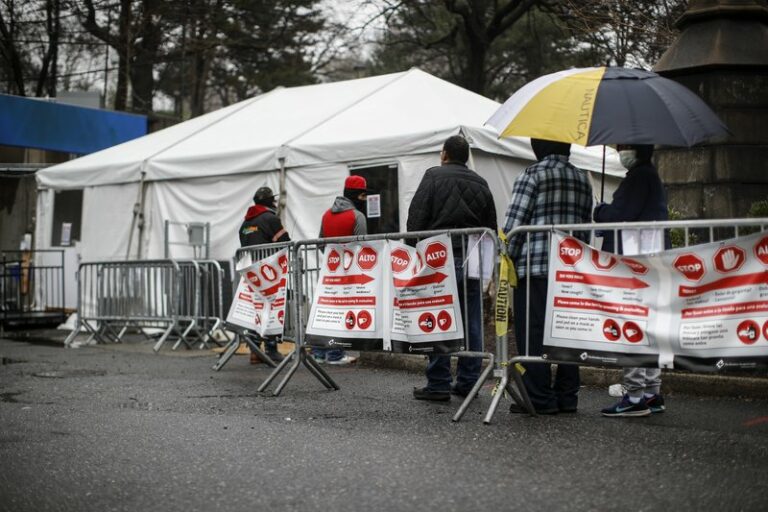The official statistics reported by health authorities would seem to show that the United States has more coronavirus infections than any other country and that the New York caseloads exceed any other state.
But the true statistics are far from clear.
Reporting and testing vary so much from country to country and state to state that it’s hard to know the exact size of the outbreaks, and that is especially the case in New York.
Here are some facts about the numbers:
THE MOST TESTS
In the U.S., New York has about 45% of the nation’s more than 125,000 cases, according to statistics posted Sunday by Johns Hopkins University researchers tracking global coronavirus trends.
But New York has been doing more testing than anywhere else in the country, causing its coronavirus numbers to skew higher.
IT’S STILL BAD
The widespread testing doesn’t change the fact that the outbreak is worse in New York than anywhere else in the U.S.
The state has recorded more than 1,000 deaths, Gov. Andrew Cuomo said Sunday. No other state comes close to that.
Health experts pointed to the size and density of the nation’s biggest city as a likely factor, as well as its status as an international business center and travel hub.
It may have hit New York earlier too. The state probably saw infections before any other part of the country simply because the city draws more travelers from countries that had bad outbreaks earlier.
TESTING SICK PEOPLE
Another reason why confirmed cases don’t tell the full story is the fact that testing standards differ by location.
In New York City, for example, authorities have ordered doctors only to test people who are seriously ill and might require hospitalization. Other places do more widespread testing.
Deborah Birx, who coordinates the White House outbreak response, said last week that hat 28% of tests in the New York metro have come back positive, compared with 8% in the rest of the country.
That means the toll of the New York outbreak could be significantly worse than the confirmed cases suggest.
(AP)












One Response
I don’t see other things mentioned. Such as when early February the NYC director of health publicly encouraged people to attend crowds (in particular a parade /festival that was scheduled shortly after), and that the mayor of NYC was tweeting for people to “go out” and attend events and entertainment as late as the first part of March.